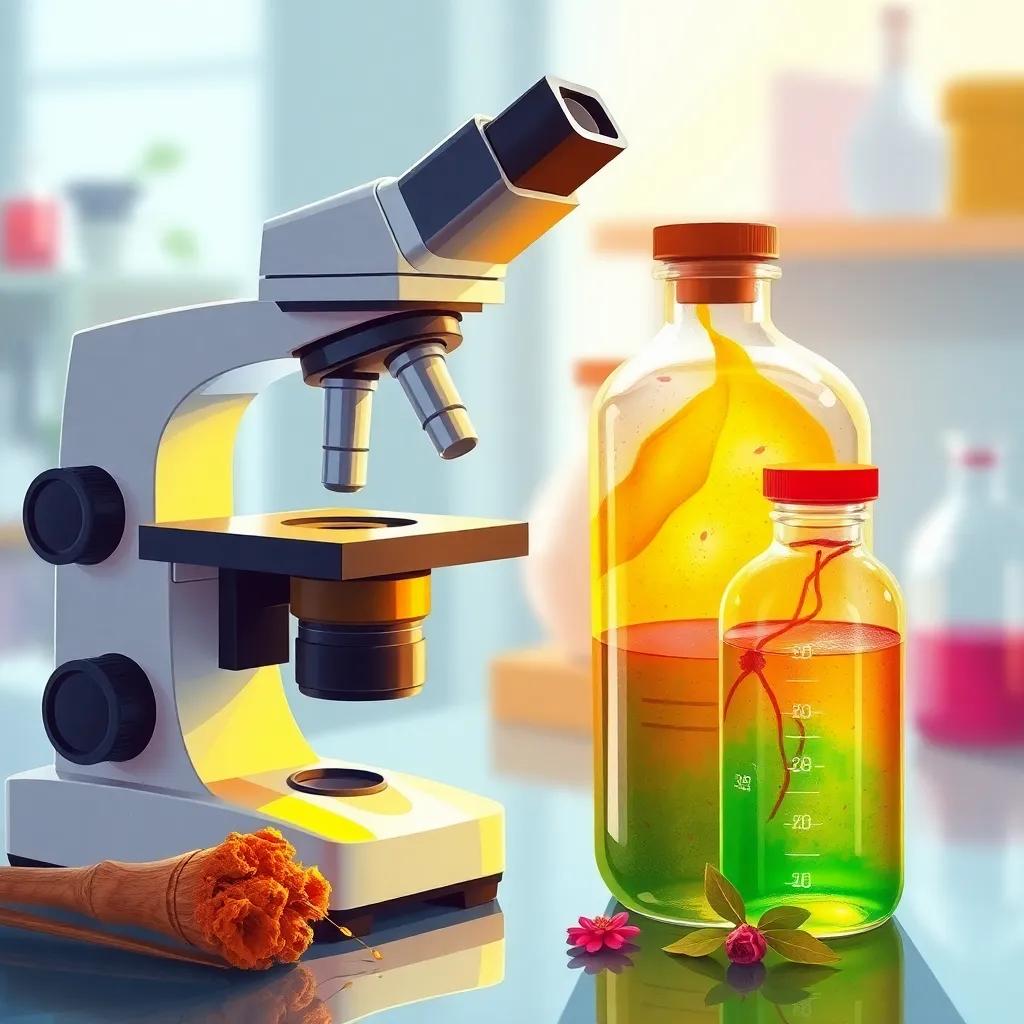Exploring the shift from synthetic eosin to natural dyes like henna and turmeric in histopathology, highlighting their safety, efficacy, and environmental benefits.
Recent studies advocate for natural dyes in histopathology, offering safer and eco-friendly alternatives to synthetic eosin.
The risks of synthetic eosin in histopathology
Recent findings have raised significant concerns about the safety of synthetic eosin dyes used in histopathology. A 2024 study published in the Journal of Environmental Pathology
revealed that synthetic eosin derivatives increase lab worker exposure to xylene by 30%, posing serious occupational health risks. Furthermore, the EU’s REACH committee has recently added two eosin variants to its restricted substances list, citing bioaccumulation risks in aquatic ecosystems.
Natural dyes: a safer alternative
In contrast, natural dyes like Lawsonia inermis (henna) and Curcuma longa (turmeric) are gaining traction for their non-toxic and eco-friendly properties. A 2023 study in Histochemistry and Cell Biology
demonstrated that turmeric-based stains achieved comparable cytoplasmic detail to eosin, with 85% of samples meeting diagnostic standards. Laboratories in Scandinavia and India are leading this transition, reporting a 40% reduction in hazardous waste.
Future research and challenges
Despite their benefits, natural dyes face challenges such as stability under UV light, as highlighted by a recent Stanford University trial. Google Health’s April white paper proposed AI-assisted color normalization tools to address batch variability in natural dye applications. India’s CSIR has also launched a $2M initiative to standardize natural dye protocols for nationwide pathology labs by 2025.




